Appropriation
Appropriation involves the liberating of media texts into one’s possession, essentially ‘making it your own’. Throughout my research into this brief, I analysed and found appreciation for a new type of photography, not simply editing an an already existing photograph, but appropriating them, which contextualizes them and gives them new meanings. I found the following images as a preliminary search for the topic of photographic appropriation.
This picture of Barack Obama has been appropriated to give an alternate meaning, where the original photo was simply a shot of the president during a meeting, the appropriated image evokes hope, and using the colours of the country’s flag shows a particular patriotism not seen as powerfully in the original.
This picture of Barack Obama has been appropriated to give an alternate meaning, where the original photo was simply a shot of the president during a meeting, the appropriated image evokes hope, and using the colours of the country’s flag shows a particular patriotism not seen as powerfully in the original.
Similarly to the Mona Lisa above, this Scream painting has been liberated and brought into the 21st century, as the edited version features the famous cartoon character, Homer Simpson.
This melting clocks painting by Salvador Dali has also been brought into the 21st century with the inclusion of internet browsers, suggesting that the simple clock has been made irrelevant by the rise of internet usage and technological developments.
Looking further into landscape appropriation ideas, this image suggests a certain ugliness within a beautiful landscape, because of this , the meaning of the image changes, from once a picturesque stream, to a littered river
Richard Prince
Arguably one of the most controversial appropriation photographers of his time, Richard Prince is known for his eclectic style. Taking other’s work and essentially re-presenting it. Below are a few images of his work which I felt particularly inspired by
As well as his fashion photography, Prince liberates other works and gives them a new lease of life.
After looking into the idea of appropriating landscapes, I was drawn towards making landscapes not only photographs, but showing how they are being created, for example, a photo to look like a sketched pencil drawing, featuring. Relating this to Prince’s work, the photograph of the skid marks on the road could appropriated into noodles, adding a humorous element, and suggesting that the scene isn’t natural, that it has been created, I aim to create this type of work.
Sherrie Levine
Levine is best known for her collection ‘After Walker Evens’, in which she appropriated the a series of images taken by well-known photographer Walker Evens. In the collection, Levine recreated Evans’ photographs, showing them without any manipulation. The collection is below
Although Levine’s work has depth, I aim to do than just recreate other work, as I aspire to use other work and liberate its meaning and context.
My work
Continuing with my idea to re-create what already exists, I began to look into landscapes and even movies which exist, and telling a new story in a singular picture.
I looked into the Disney movie Cinderella.
The image created above used a screenshot of the movie, where I then edited to make the scene appear more cartooned with a comic speech bubble, similar to the work of Roy Litchenstein. I feel this makes the image more modern and relatable. Similarly, the second image I created was another screenshot from the movie, but instead of the classic glass slipper, a Christian Louboutin heel. By including the shoe, I have modernized the image, and made it essentially more valuable, as people nowadays lust over such luxuries.
looking further into the idea of re-creating landscapes, I wanted to play on the saying “looks good enough to eat”.
Taking a snowy scene from an image I had found in a magazine, I created the illusion of a squirty cream canister forming the trees, as though the scene isn’t entirely natural, and that it ha been literally created from food, highlighting the idea that desirable scenes such as these are actually created and don’t occur naturally, suggesting that society creates these illusions of ‘the perfect scene’.
In order to make my final image more effective, I edited it in a way to convey the idea of falsity further, and also highlight the idea that the cream has actually formed a tree shape, therefore heightening the feeling of an uncertainty in the environment.
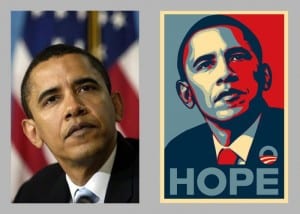
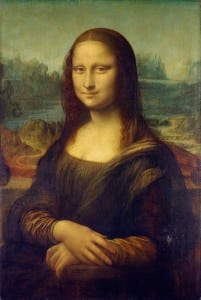
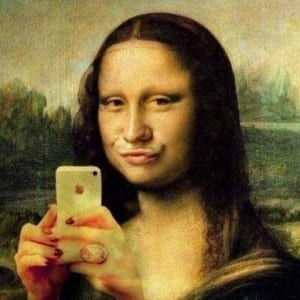
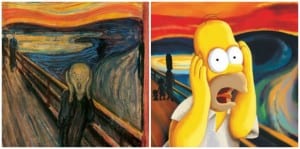
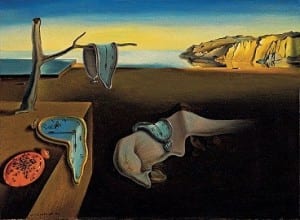
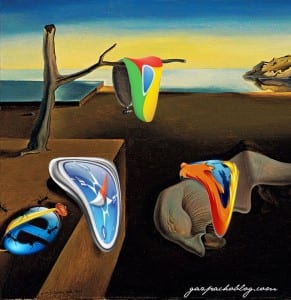
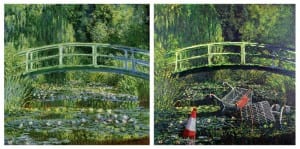
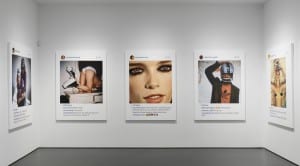
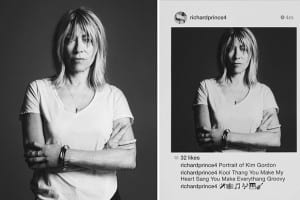
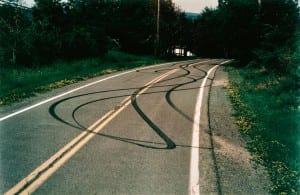
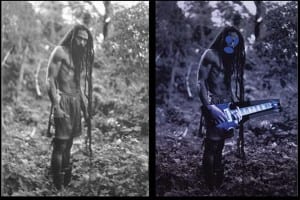
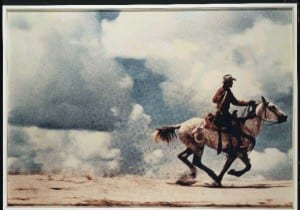
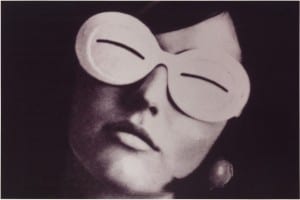
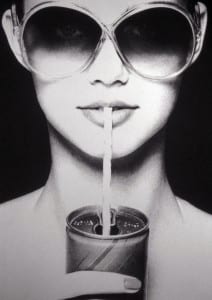
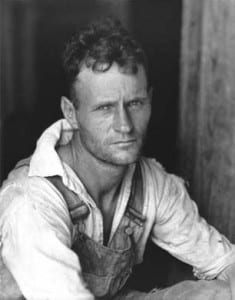
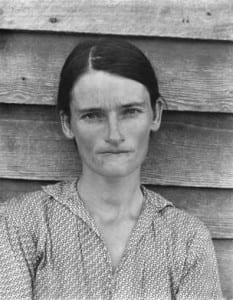
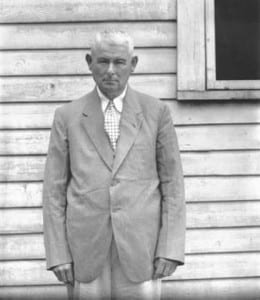
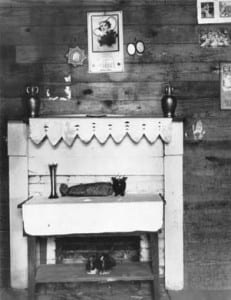
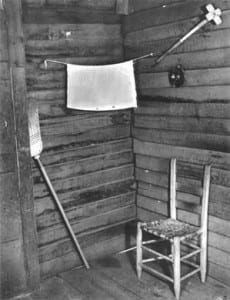
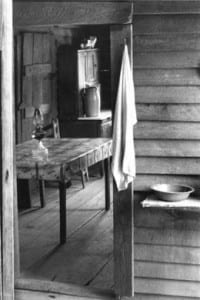
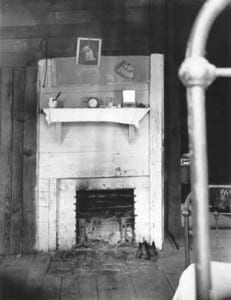
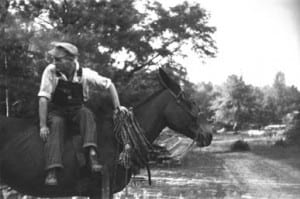
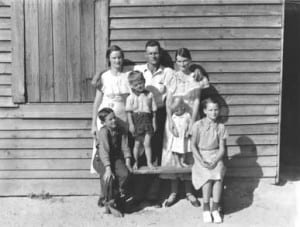
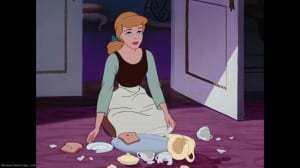
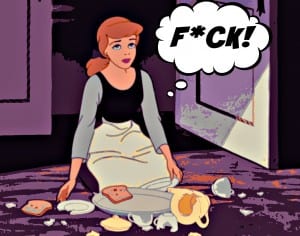
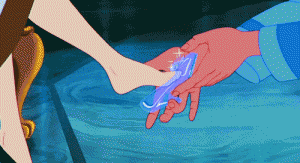
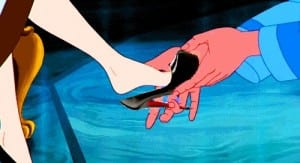
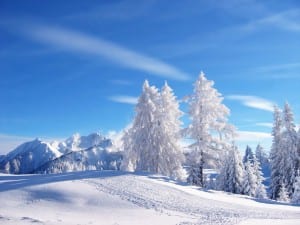
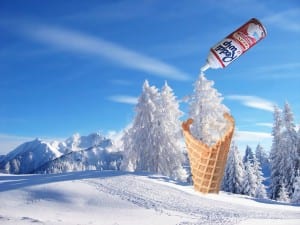

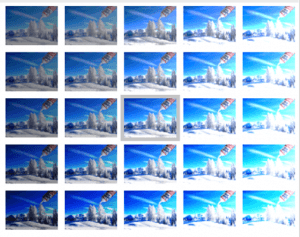


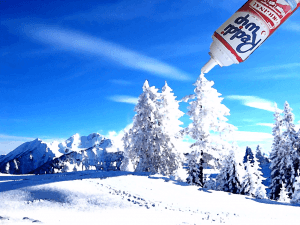
Leave a comment